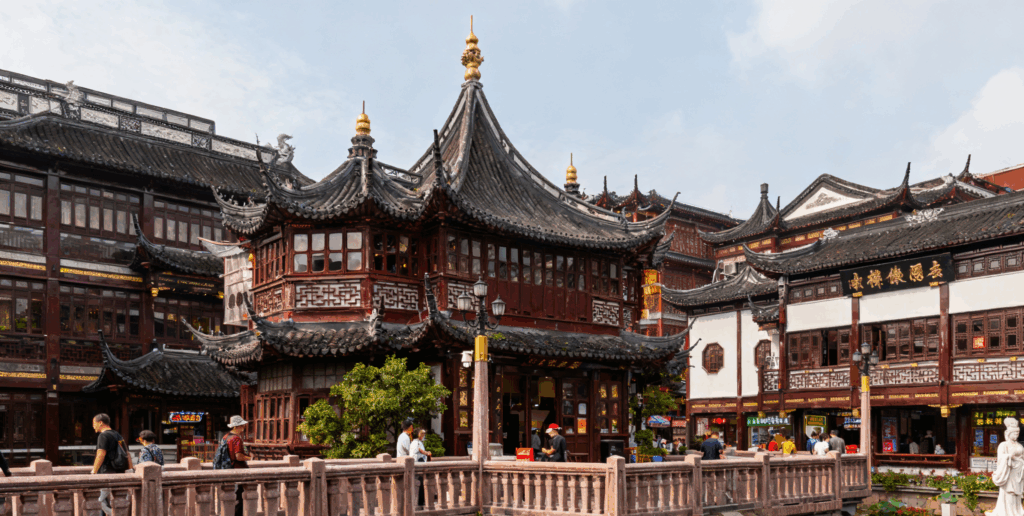
Historical and Cultural Background: The Shanghai Style Carved by Time
Shanghai, a city known as the “Magic City”, boasts profound and diverse historical heritage. Evolving from an ancient Jiangnan fishing village to a melting pot of Chinese and Western cultures after the opening of its port in modern times, it has nurtured a unique Shanghai-style (Haipai) culture.
In the old town, the Yuyuan Garden with its upturned eaves tells the elegance of Jiangnan classical gardens during the Ming and Qing dynasties. The exquisite brick, wood, and stone carvings in the garden make it one of the representative Jiangnan classical gardens. Adjacent to it is the City God Temple, where incense smoke curls up. Surrounding time-honored shops like “Nanxiang Steamed Bun” and “Green Wave Pavilion” inherit Shanghai’s traditional food culture. Here, you can taste the most authentic Shanghai snacks and feel the bustling atmosphere of old Shanghai.
Since modern times, the influx of Western culture has diversified Shanghai’s architectural styles. The Bund’s International Architecture Complex integrates various architectural styles such as Gothic, Roman, and Baroque. Each building is like a frozen history, witnessing the vicissitudes of Shanghai in modern times. Shikumen architecture is a fusion of Shanghai’s local culture and Western architectural elements. Xintiandi is renovated from Shikumen, retaining the exterior of Shikumen architecture while having a fashionable commercial space inside. Here, you can see the elderly playing chess at the entrance of the alley and young people checking in at trendy shops, where old and new cultures collide to create a unique spark.
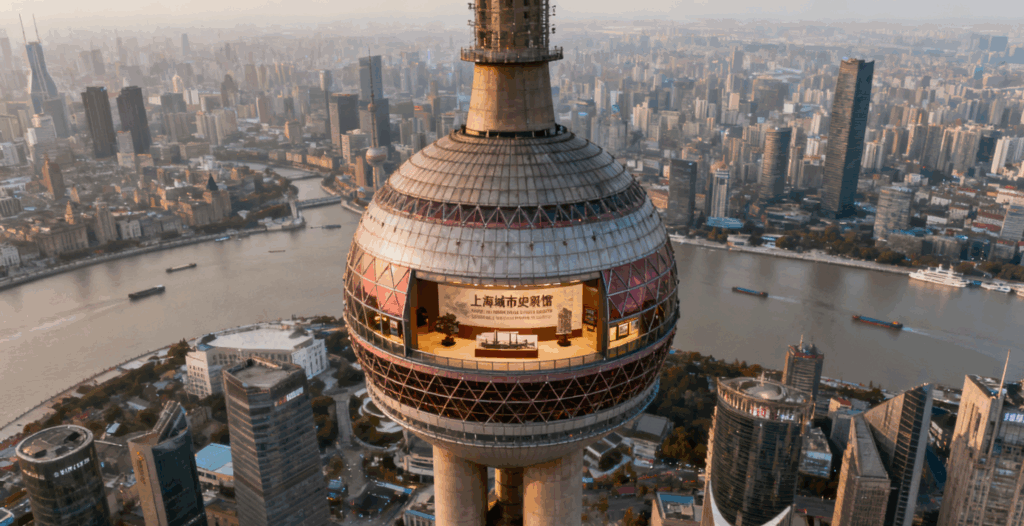
Economic Development: The Frontier of China’s Economy
As China’s economic center, Shanghai has strong and vibrant economic strength. It is an important financial, trade, shipping, and scientific and technological innovation center in China.
In the financial sector, the Shanghai Stock Exchange is the core of China’s capital market, attracting many domestic and foreign enterprises to go public and raise funds, promoting the development of China’s financial market. The Lujiazui Financial District is full of high-rise buildings. Skyscrapers such as the Shanghai Tower, the World Financial Center, and the Jinmao Tower form Shanghai’s “skyline”. It is home to a large number of financial institutions and regional headquarters of multinational corporations, symbolizing the economic vitality of Shanghai and even China.
In terms of trade, the Port of Shanghai is one of the busiest ports in the world, with container throughput ranking among the top in the world for many years. It is an important hub for trade between China and the world, helping Chinese goods go global and introducing global products to China.
At the same time, Shanghai continues to make efforts in the field of scientific and technological innovation. Zhangjiang Science City focuses on cutting-edge fields such as integrated circuits, biomedicine, and artificial intelligence, and innovative achievements continue to emerge, injecting new momentum into Shanghai’s economic development.
Tourism Resources: A Diverse Cultural and Tourism Feast
Shanghai’s tourism resources are rich and diverse, meeting the needs of different tourists, making it a well-deserved tourist destination.
Attractions:
In addition to the Bund, Yuyuan Garden, and Xintiandi mentioned earlier, the Oriental Pearl Radio & Television Tower is also one of Shanghai’s landmarks. Climbing the Oriental Pearl, you can overlook the entire city of Shanghai and feel the prosperity and vastness of the city. Inside the tower, there is also the Shanghai Urban Historical Development Exhibition Hall, which vividly shows the development process of Shanghai through a large number of cultural relics and video materials.
Disneyland is a great place for family trips and young people. Here, you can experience various wonderful amusement projects, enjoy the dreamy float parade and fireworks show, and feel as if you have entered a fairy tale world.
Local Food
Shanghai’s cuisine integrates the rich sauce of Benbang cuisine and flavors from various regions. In addition to the snacks in the City God Temple, Benbang Braised Pork is fatty but not greasy and melts in the mouth; Shanghai Smoked Fish is crispy on the outside and tender on the inside, with a strong marinade aroma; there is also Yangchun Noodles, which seems simple but has a unique freshness. These delicacies can make tourists feast to their heart’s content and taste Shanghai’s food culture.
Practical Information:Shanghai’s transportation is very convenient. The subway lines cover a wide area and can reach every corner of Shanghai; public transportation such as buses and taxis are also convenient. In terms of accommodation, there are various options from high-end five-star hotels to cost-effective chain hotels and characteristic homestays. In addition, Shanghai has many shopping malls and shopping centers, such as Nanjing Road Pedestrian Street and Huaihai Road Business District, which are a paradise for shopping lovers and can meet various shopping needs
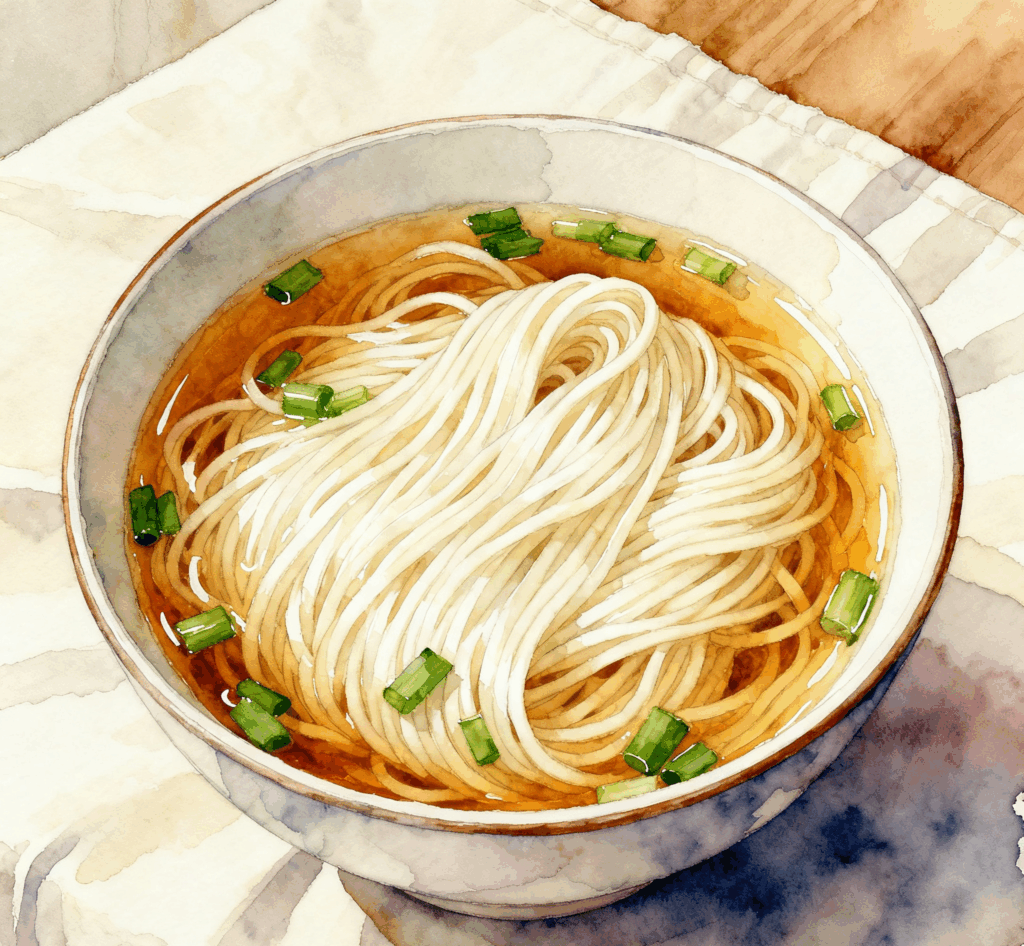
Province and Cit:
As a municipality directly under the Central Government, Shanghai has multiple administrative districts, each with its own characteristics. Huangpu District is the central urban area of Shanghai, concentrating many attractions such as the Bund and Yuyuan Garden; Pudong New Area is Shanghai’s economic new area, where Lujiazui and Disneyland are located; Xuhui District has a strong cultural and artistic atmosphere, with the Shanghai Library, Shanghai Dramatic Arts Center, etc.
Shanghai has both historical precipitation and modern prosperity; both cultural depth and economic height; both tourism charm and the warmth of life. This city is worth visiting again and again to discover more of its wonders.
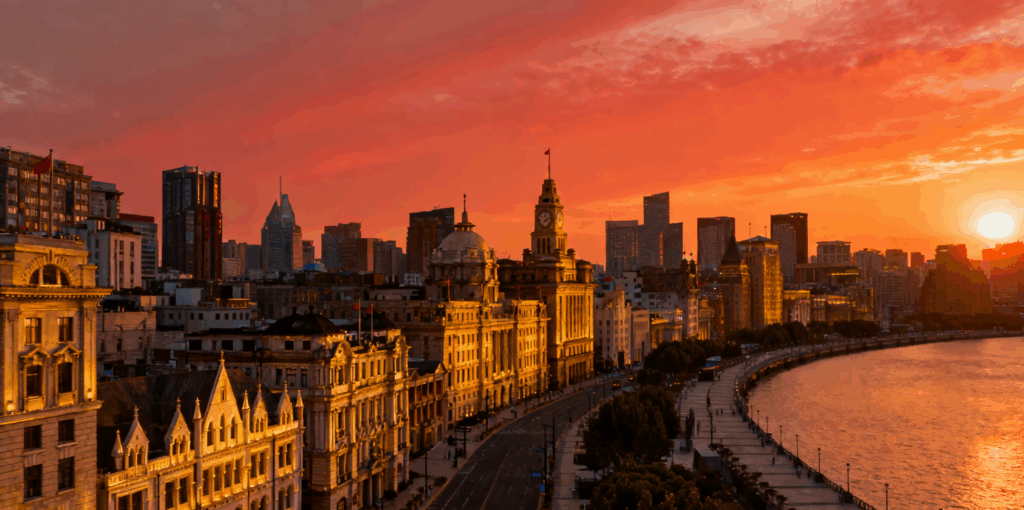
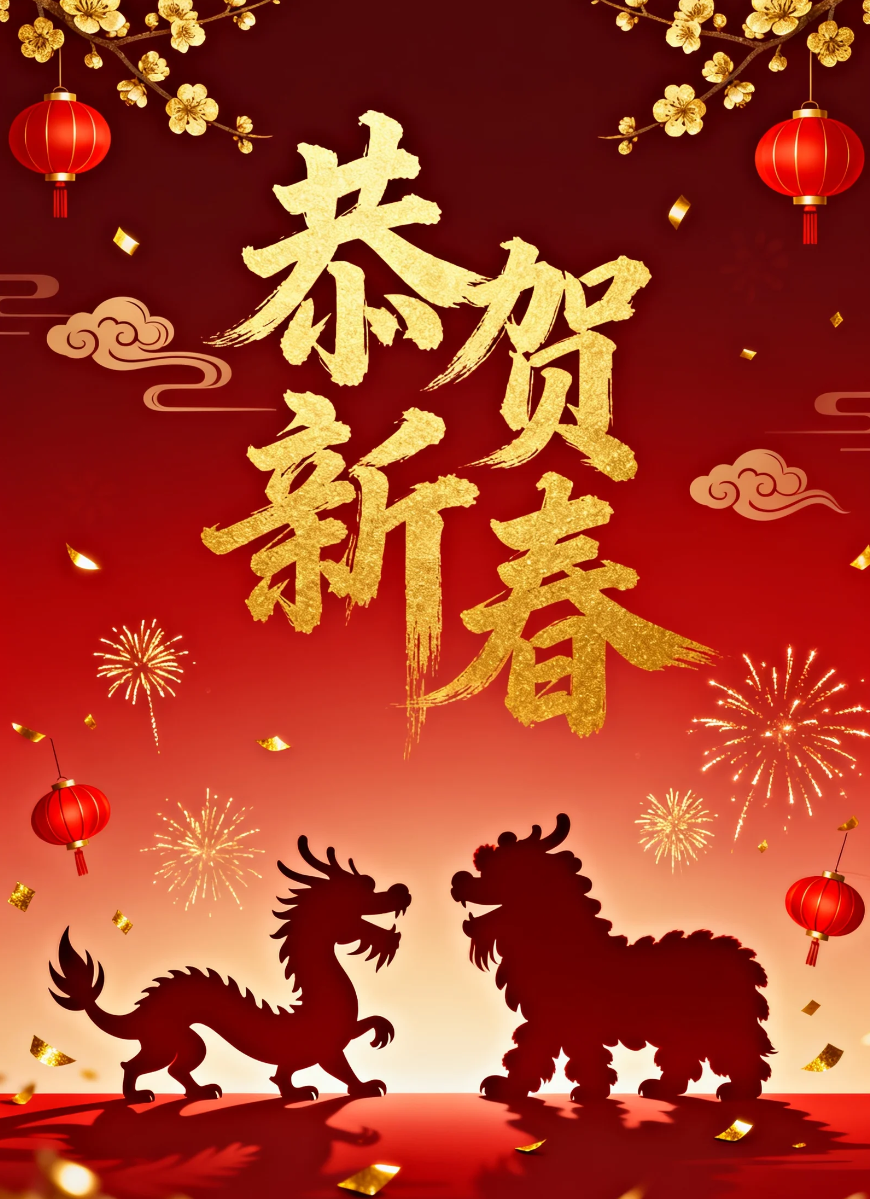
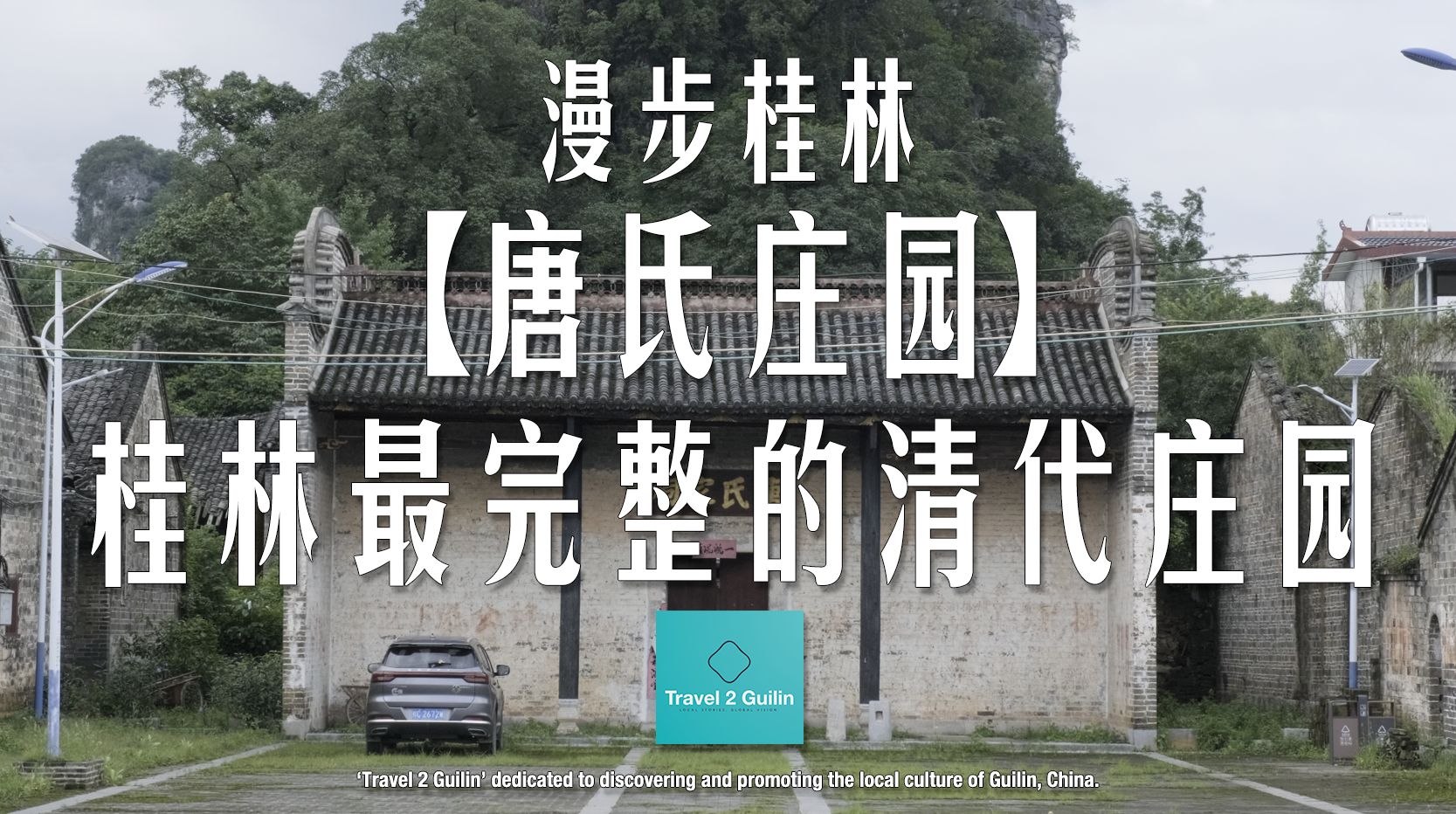
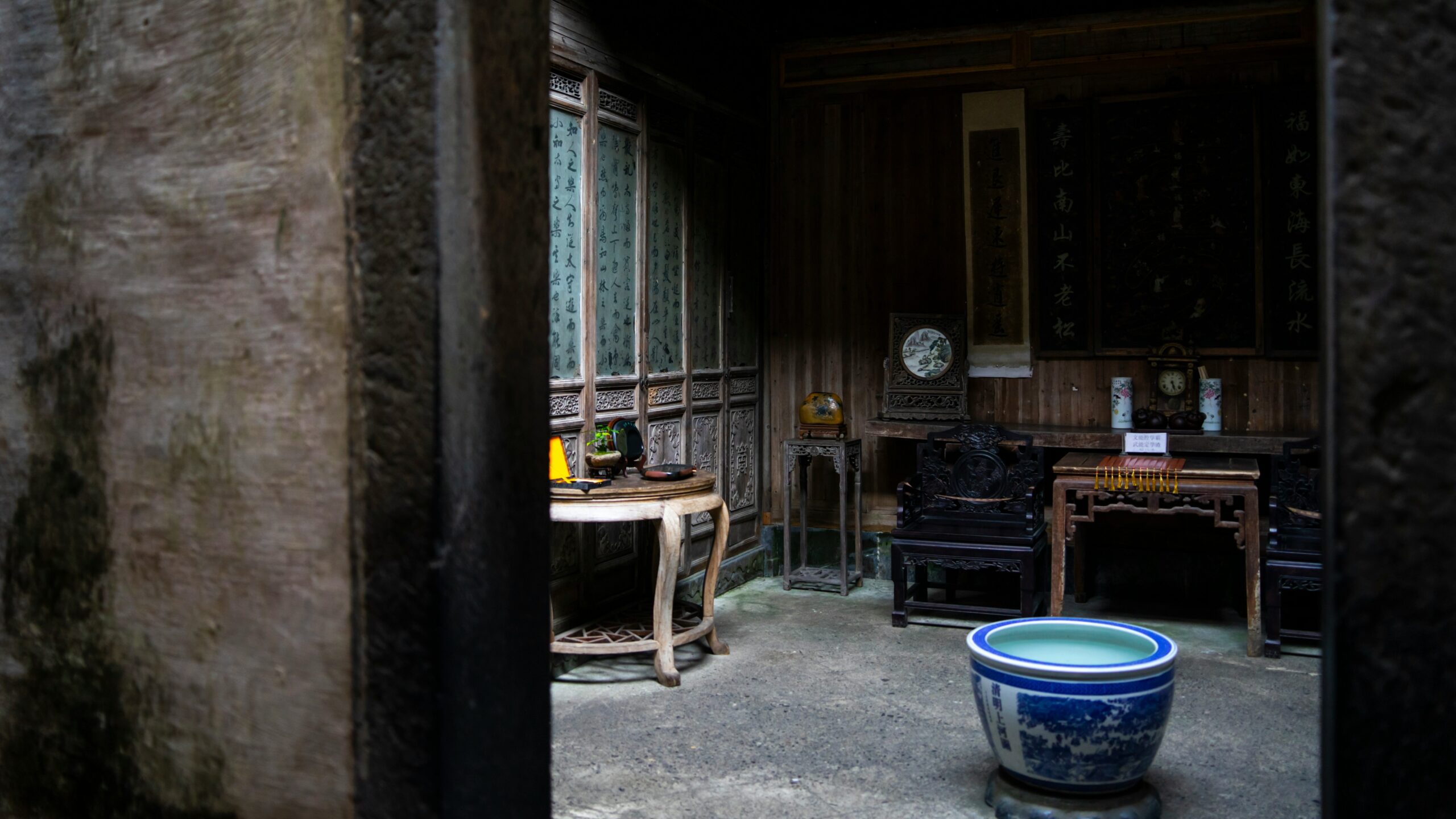
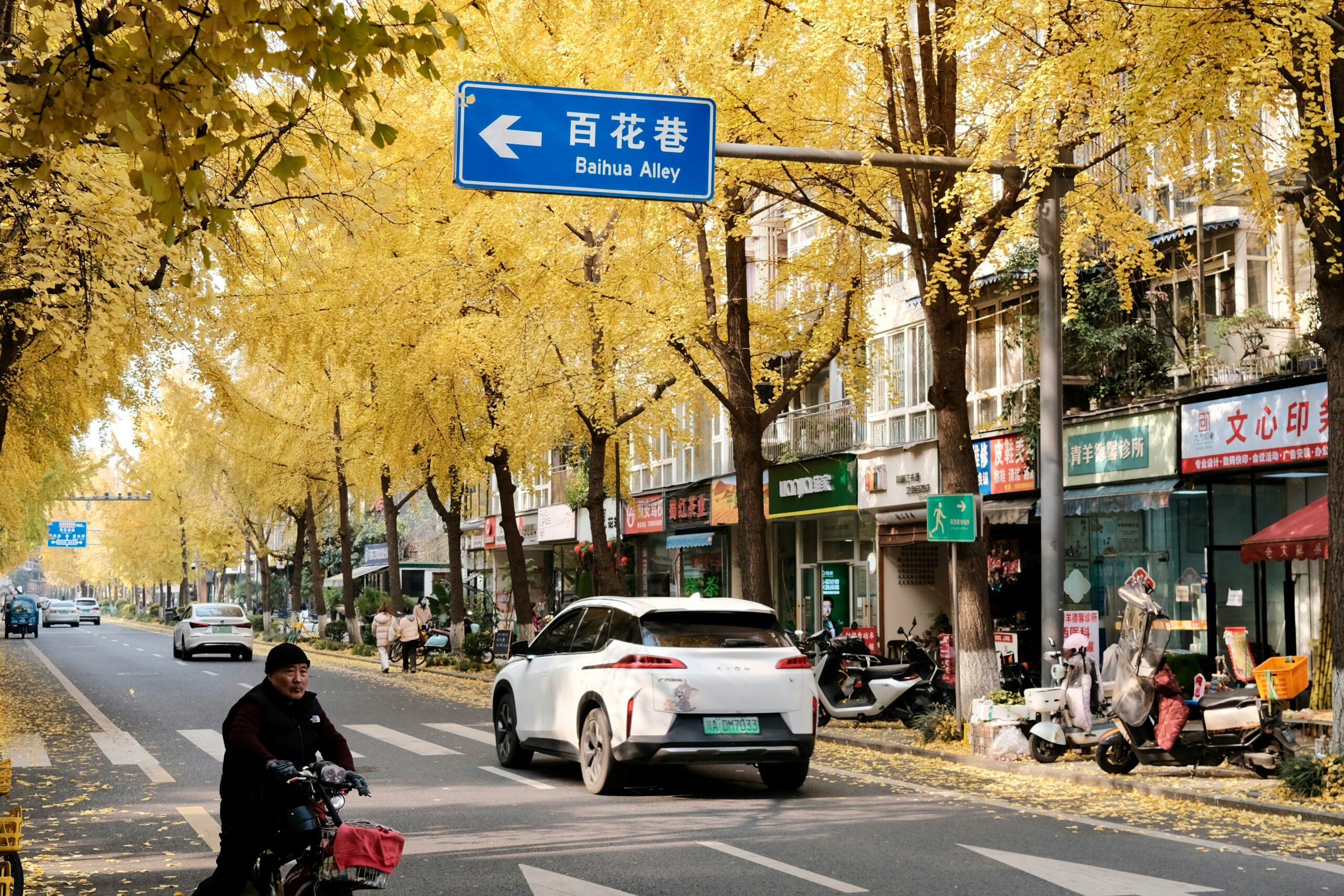
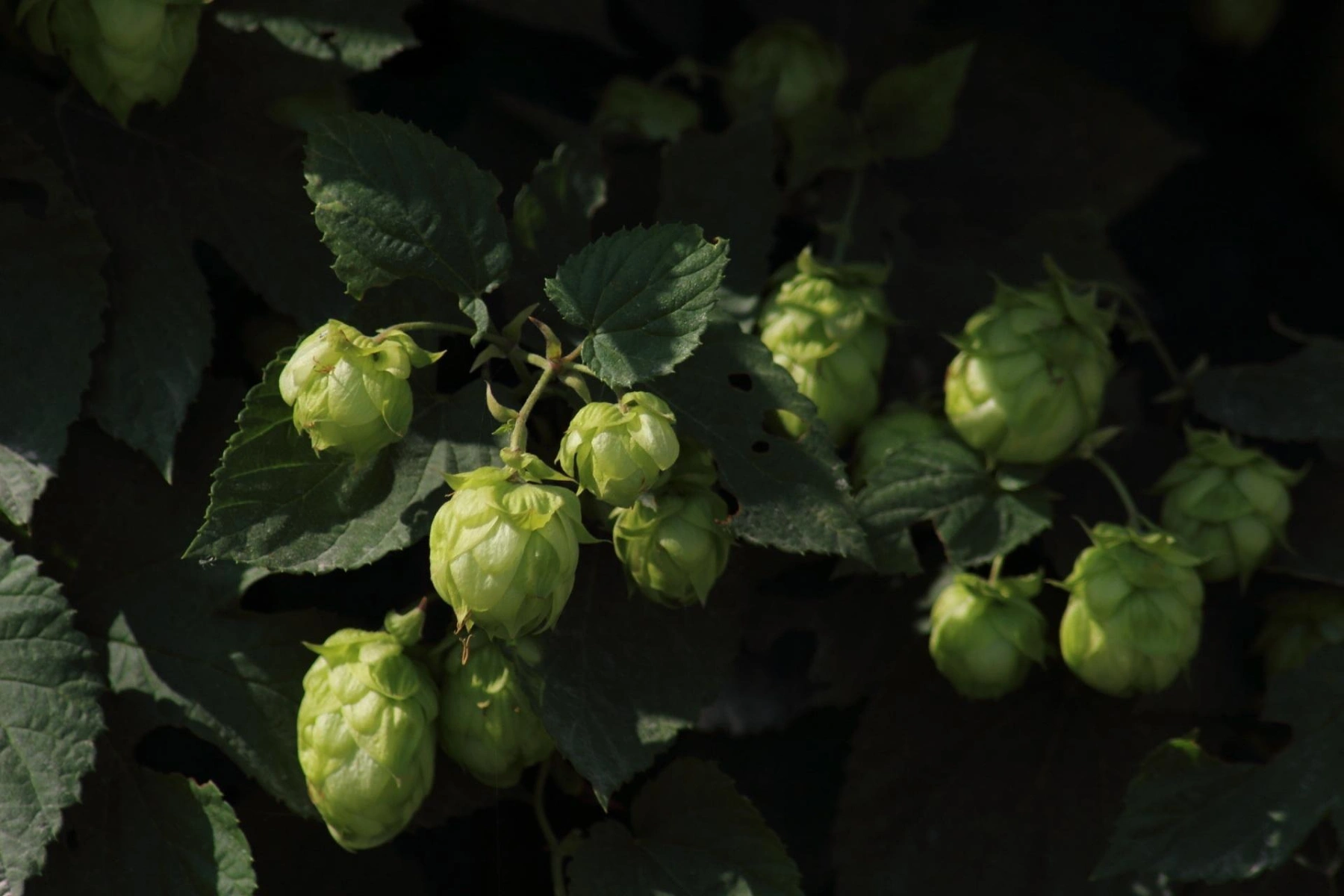
Leave a Reply